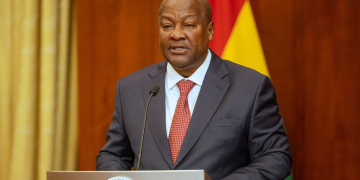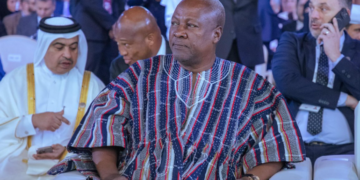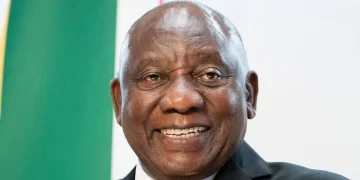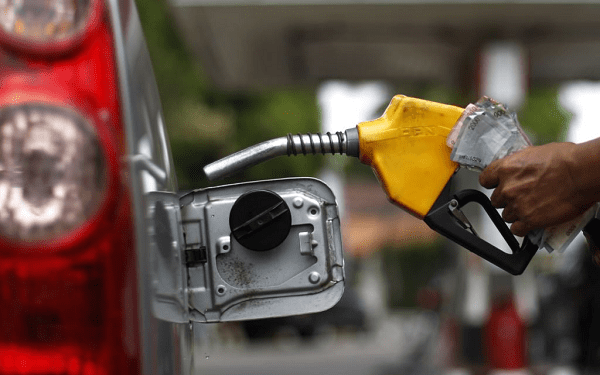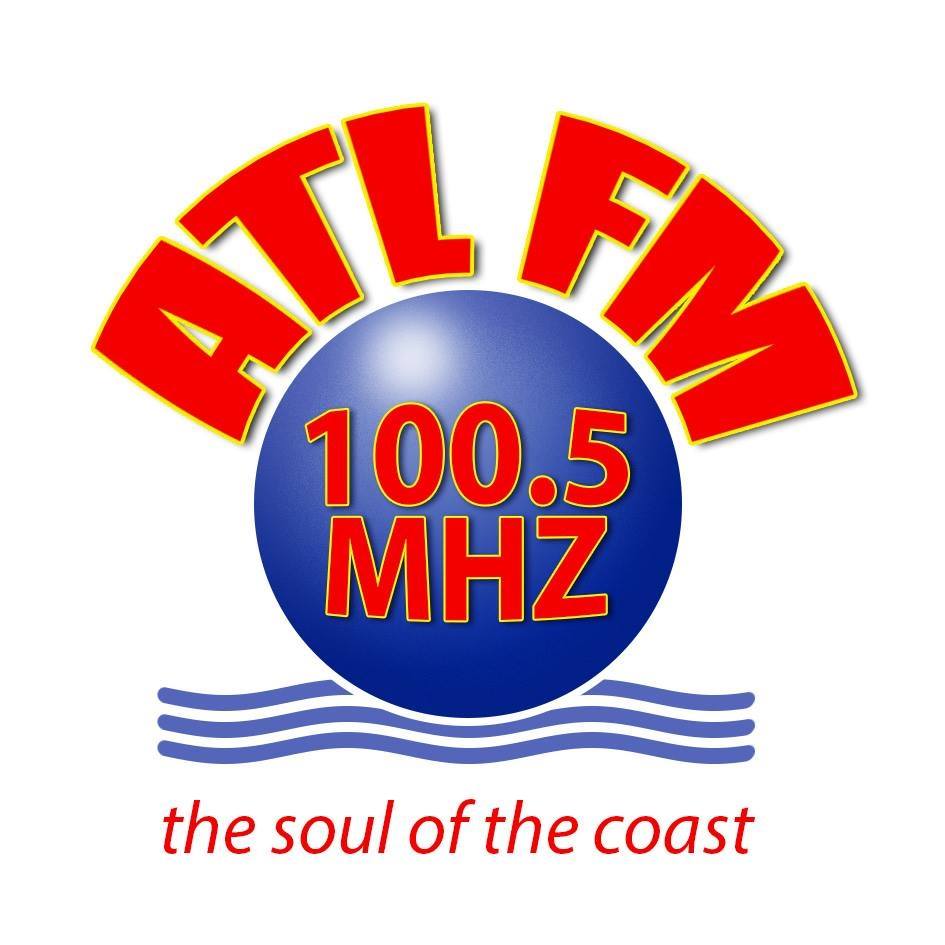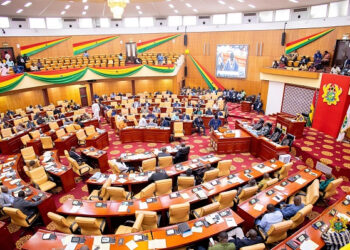On the basis of a significant uptick in market variables, energy think tank the Institute for Energy Security (IES) has predicted that fuel prices in Ghana can raise by around Ghp20 for the second Pricing-Window of October 2021, despite the impending suspension of the Price Stabilisation and Recovery Levy (PSRL).
With a 6.89 percent increase in the price of the International Benchmark- Brent crude, a 6.54 percent increase in the price of gasoline, a 3.49 percent increase in the price of gasoline oil, and a 0.49 percent depreciation of the local currency against the US dollar, the IES predicts that fuel prices will rise by no more than 35 Pesewas on top of the current price at the various pumps.
However, if the announced elimination of the Price Stabilization and Recovery Levy (PSRL) of GHp16 per liter of gasoline and GHp14 per liter of gasoil and LPG goes into effect, prices may rise by just GHp20.
The majority of Oil Marketing Companies (OMCs) in Ghana raised their rates for a liter of Gasoil (Diesel) and Gasoline (Petrol) at their different pumps during the October First Pricing-Window. Costs increased by 2.2 percent throughout the country in the final two weeks of September 2021 owing to the depreciation of the local currency and an increase in international oil and fuel prices.
The current national average price of fuel per liter at the pump is Gh6.39 for both gasoline and gasoil, representing a 2.2 percent increase over the previous window’s price of Gh6.25.
According to the IES Market-Scan, the OMCs with the lowest-priced gasoline on the local market during the window under consideration are Benab Oil, Zen Petroleum, Top Oil, Cash Oil, and Goodness Oil.
On the world oil market, IES reported that the price of the International Benchmark Brent Crude increased during the review period, averaging $80.79 per barrel compared to the previous window’s average price of $75.50 per barrel.
This is a 6.89 percent gain when comparing the two windows.
Oil prices rose to their highest levels in years on Monday, fueled by resurgent global demand, which has contributed to power and gas shortages in major countries such as China and Europe.
Crude’s persistent price rise in the face of those growth concerns is showing the extent to which many traders expect weak supply to continue propping up prices, rising fuel costs for consumers, and increasing revenues for businesses and oil-producing countries.
The pace of economic recovery from the pandemic has supercharged energy demand at a time when oil output from largely OPEC+ has slowed due to cutbacks from producing nations during the pandemic, focus on dividends by oil companies, and pressure on governments to transition to cleaner energy, as is happening in China.
On the demand side, increasing personal mobility has driven up gasoline demand, which has definitely surpassed pre-COVID levels. These energy supply constraints are delaying global industrial activity and contributing to a recent rise in inflation in major countries.
The price of refined goods such as LPG, gasoline, and gasoil rose over the time period under consideration, according to data from Standard and Poor’s (S&P’s) global Platts platform. The price of gasoline rose by 6.54 percent to conclude the window at $783.61 per metric tonne, up from $735.50 per metric tonne earlier. The price of gasoil increased by 3.49 percent to close trading at $690.00 per metric tonne, up from $666.75 per metric tonne earlier.
Local Forex
Data from the Foreign Exchange (Forex) market monitored by the IES Economic Desk indicate that the Cedi depreciated slightly against the US Dollar by 0.49 percent to end the window at Gh6.08 to the US Dollar, down from Gh6.05 to the US Dollar in the previous window.
Read Also: Nana Addo eulogizes Kofi Adda; says he will be remembered for his diligence



